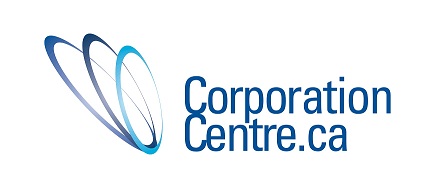Recent economic records this summer seem to indicate brighter days on the Canadian horizon. Earlier, analysts had predicted a $100 million surplus in July. The reality, though, was quite different. Rather than a surplus, Canada experienced a near record deficit in July 2009 of $1.43 billion. This was surpassed only by the May 2009 deficit of $1.45 billion. Despite these figures, economic analysts seem buoyed by the surge in imports. The sharp rise in imports and exports seem to indicate that recovery from the global financial crisis is on the horizon.
Import figures for July reflected an overall 8.3 percent increase from the previous month. This positive figure included a 10.9 percent increase in machinery and equipment imports, an impressive 18.7 percent rise in automotive products, and a similarly encouraging 18.6 percent rise in energy products.
Exports rose by 3.3 percent in July, primarily due to increased shipments of equipment, machinery, and automotive products. 73 percent of all Canadian exports in July were to the United States but, due to the sluggish American economy, this figure was down a whopping 35.2 percent from July 2008.
In order to stimulate the economy, the Bank of Canada has promised to leave interest rates at their current record low. The recent trade figures have not caused the Bank to change its current position. Responding to the Bank's announcement regarding interest rates, the Canadian dollar rose to 92.46 U.S. cents from 92.10 U.S. cents.
Analysts insist that the increasing deficit is not a prime cause of long term concern. The true indicator is the rapid acceleration in trade volumes. The rises in imports and exports indicate increased commercial activity and the true beginnings of economic recovery.
Incorporate in Canada with CorporationCentre.ca
Click. You're incorporated ®
